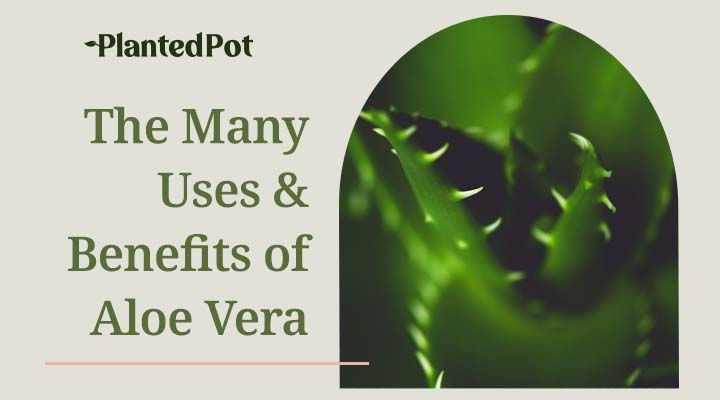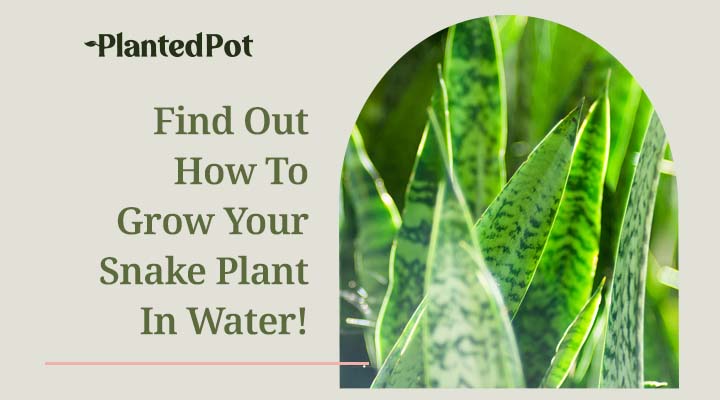
- Living Room Plants: Put the “Life” Back in Your Living Room!
- Rogelio Alvarez
- May 18, 2021
- 11:07 pm
- No Comments
Living Room Plants: Put the “Life” Back in Your Living Room!
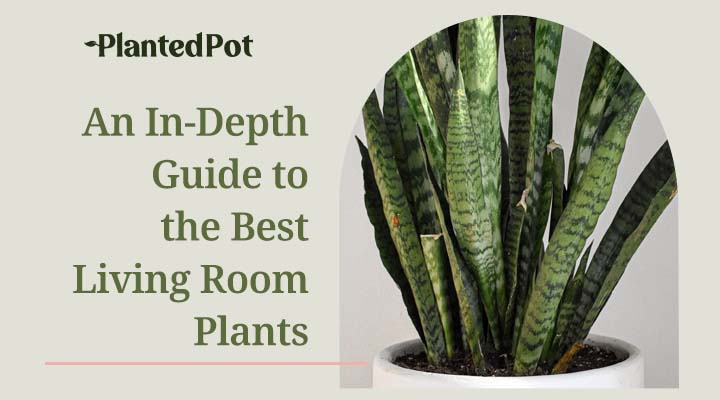
Living Room Plants: Put the “Life” Back in Your Living Room!
The living room is the epicenter of a home. It is where everyone gets together to watch movies, live sports, or the latest trending TV series. Want to know how to upgrade your living room into a space that’s even better? Living room plants can transform an area that typically revolves around a screen into a lively and social environment.
Living room plants are rising in popularity because they are not only stunning, but also easy to maintain. First-time plant owners and experienced gardeners can all find something to enjoy about these beauties. They provide so many benefits that most people can’t settle for only one! Your living room will feel refreshed with a little bit of Mother Nature inside your home. Excited to learn more about these houseplants? Keep reading to find out more!
What is a Living Room Plant?
A living room plant is basically an indoor plant that can survive being indoors while adding style to your home’s interior. These indoor plants can thrive in indirect light, so you can place them almost anywhere.
Living room plants include a large variety of different plants that can be considered low maintenance. Have you always wanted to care for plants but do not have a green thumb? These plants are meant for you because they are hard to kill. These botanical ornaments add color to a home. It does not matter if you own a mansion, castle, apartment, or small studio. These houseplants blend in well with your couch, on your desk, bookshelf, or television counter.
Although found naturally around the world in different environments, these plants have adapted to do well indoors. If properly cared for, these plants can live for a years. Many living room plants also propagate, meaning you can grow an entirely new plant from a seed, leaf, or stem.
Living room plants come in a wide variety of colors. You can mix and match these plants to see which one might complement your new couch or coffee table. Most of these plants are also very affordable. You do not have to go to a tropical rainforest to find one of these, as some of them are tropical plants themselves! They are available for purchase in stores and online.
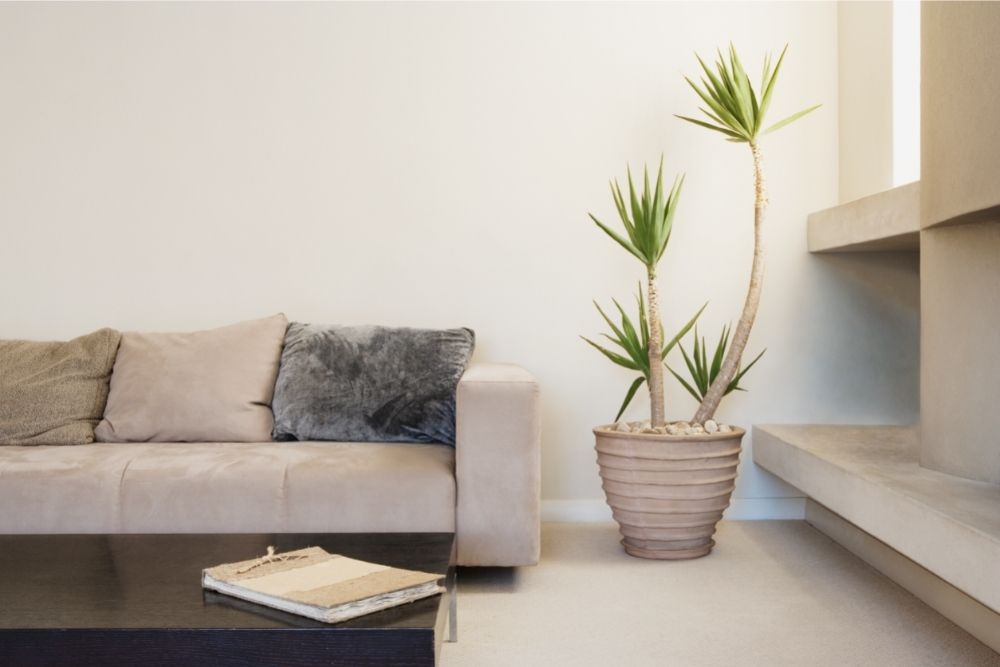
Why Add Plants to Your Living Room?
Perhaps the important question is why not add plants to your living room! Indoor plants are sought-after because of the many benefits they provide. The following benefits make many people wish they had even more space for these lovely plants:
- Purify the Air: Indoor plants are kept on office desks and around the inside of a home because they help clean the surrounding air from toxins. A study from NASA shows which plants are best at filtering out pollutants. The couch is where most people spend their time, and having a plant near it will provide a constant supply of fresh air.
- Reduce Stress, Increase Concentration: Studies have shown that owning and caring for a plant may reduce stress. Feeling tensed from a horror movie or watching your team in a championship game? A living room plant may soothe tension from some of the programs you watch. Struggling to concentrate on a project, homework, or a newscast? Surrounding your living room with plants may help improve your focus.
- Helps with Recovery: Plants have helped many people deal with symptoms associated with minor colds. Feeling hungover from the night before or decided to take a mental health day from work? Houseplants can be therapeutic on your path to recovery.
- Easy to Care: Do you have access to fresh water and a couple of bucks to purchase a pot? Do the windows in your living provide bright, indirect light? Then you are all set to own and maintain a living room plant! Plant care is easy! These indoor plants only require weekly, biweekly, or monthly waterings.
The fantastic thing about some of these indoor plants is that even if you forget to water them, they can withstand neglect. Maybe your living room apartment receives low light instead of bright light. An indoor plant can thrive in settings that other, more picky plants might hate.
Which Plants Are Good for Living Rooms?
You have probably seen dozens of photos of different indoor plants. With so many gorgeous options, where should you start? Let us help you narrow down the list. Below are the plants that are best for living rooms.
Snake Plant
So your small apartment living room window receives little light and appears dim? Then Snake Plants are your new best friend. The Snake Plant is part of the Dracaena family and it is known for its greenish-yellow color and gold-lined leaves. It is a robust houseplant and can thrive in low-light settings.
This plant does well in bright, indirect light but can also survive in low light settings. Watering this plant is easy. Let the soil dry out between waterings, and avoid root rot by not letting the roots stay soaked in water.
Related: Snake Plant Varieties: The Big, The Bold, The Beautiful
Calathea Rattlesnake
No, we are not recommending an actual rattlesnake for your living room. Also known as a Zebra Plant (zebras and rattlesnakes are an odd combination, we know), the Calathea Rattlesnake can grow in low to medium indirect light. Try your best to avoid direct light from the sun. They also enjoy being in temperatures between 65 to 80 degrees Fahrenheit.
It can grow a few feet tall so that it can fill in nicely in a random corner of your living room. Its greenish leaves add color to a monotone setting. Water this plant if the soil feels dry.
Related: Snake Plant Care: The Complete DIY Grower's Guide
Philodendron
Another plant that can tolerate low light. The Philodendron (Phil to friends) can grow pretty large if taken care of. It requires watering either weekly or biweekly, depending on the season. Water more during spring and summer, and less during winter. This plant is toxic to pets. Wherever you decide to put your Philodendron, keep it out of reach from pets and children. If your furbaby or actual baby ingests some Philodendron, monitor their symptoms and take them to the doctor.
Aloe Plant
You might have already heard of the Aloe. It is part of the succulent family and can handle a little neglect. Caught up with work or your social life? This plant will be okay if you forget to water it now and then.
One of the cool things about the aloe is that the gel from its leaves can soothe skin irritation. This plant will not just liven up your living room — it has the potential to provide relief to your epidermis!
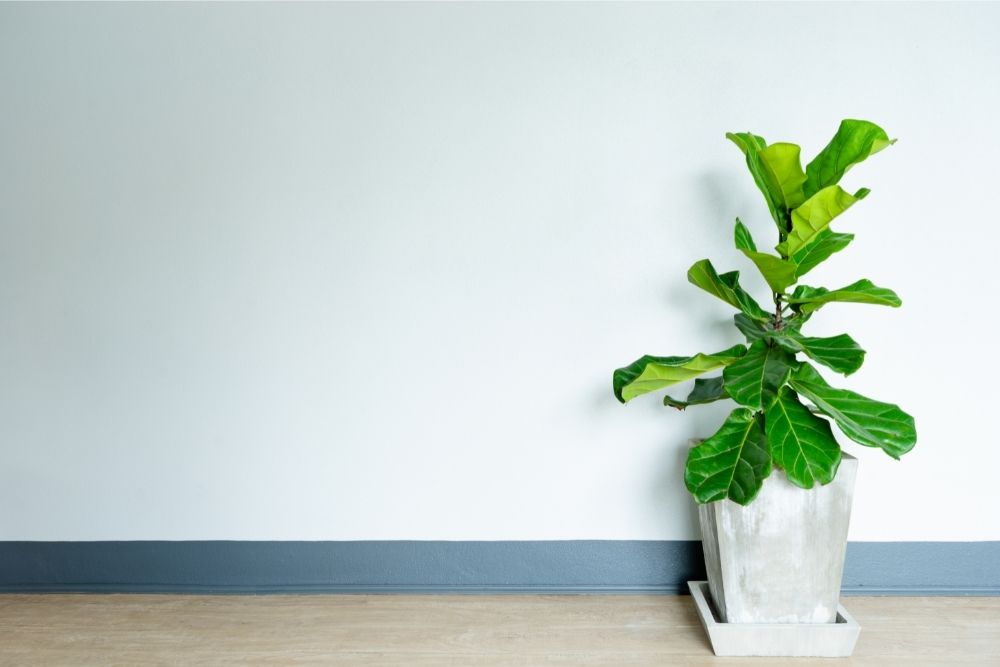
Fiddle Leaf Fig
Do you like a challenge? Then this plant is for you. Naturally found in areas with lots of humidity, this plant is used to staying moist, but be careful not to overwater it.
The Fiddle Leaf Fig might as well be called the Goldilocks plant because it requires just the right amount of bright light. Too much bright light or shade could cause it to develop wilted leaves. Be sure to keep a written track of when you water and feed this plant so it grows and makes a fantastic addition to your living room.
ZZ Plant
The ZZ Plant has no relation to the famous rock band, ZZ Top. The ZZ actually stands for Zamioculcas Zamiifolia. It is challenging to pronounce right off the bat, so ZZ Plant is its preferred name. Its stems and leaves can grow long and display vibrant green colors.
The plant’s clean appearance can make it look like it is made of plastic. Overwatering is the most common mistake made with this plant and can cause it to die. Less is more for the ZZ Plant when it comes to water, so make sure to let the soil dry out between waterings.
Spider Plant
Do not worry, arachnophobes! This houseplant does not play host to spiders. It gets its name from the leaves that hang from the center like a spider hanging from its web. It is sought-after because it is very adaptable and hard to kill.
An excellent plant for beginners. Caring for a Spider Plant is simple as it requires moderate bright indirect light. If the soil is dry, give it some water. Keep the leaves thriving by avoiding direct exposure to the sun.
Golden Pothos
The Golden Pothos or Pothos Plant is ideal for an apartment living room because it adds dimension and color. It is a versatile and durable plant that can be placed anywhere in your living room. It may need waterings weekly as long as you monitor how moist the soil is.
When properly taken care of, the leaves and stems may grow up to 10 feet. The Pothos is not suited for direct sunlight. These houseplants can reach their full potential if your living room has south-facing windows with plenty of indirect natural light.
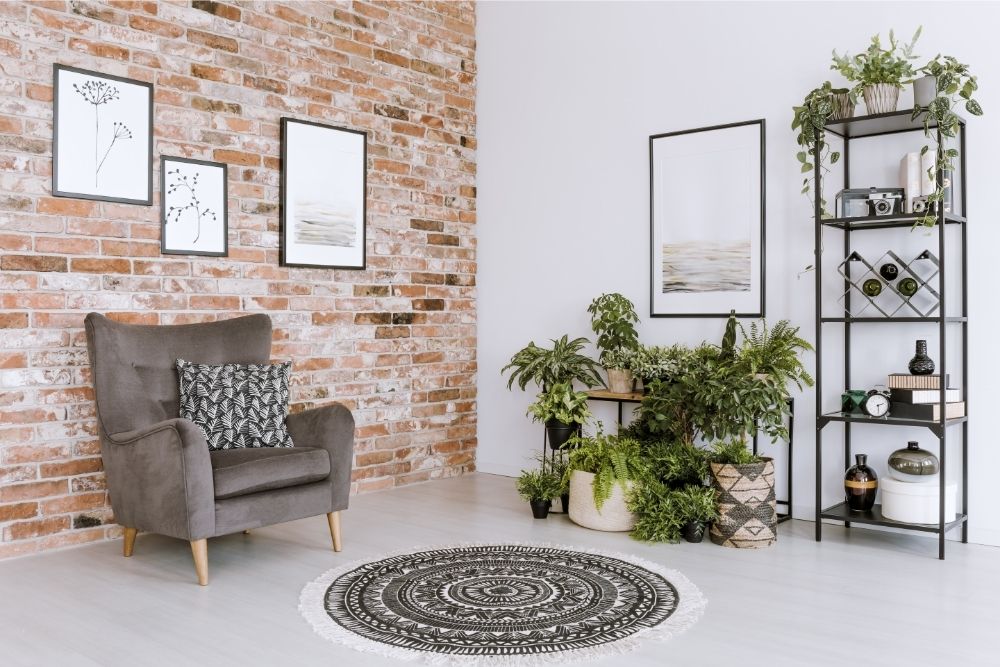
Where Are the Best Spots to Place Living Room Plants?
So now that you have a few plants in mind that you want to adopt, the next thing to figure out is the best spots to place them. Locate where the windows in your living room are, and keep track of how much bright light they receive. A space that receives low to moderate indirect sunlight will be excellent for living room plants.
If the sunlight in the living room of your house is too direct, it can scorch the leaves of your indoor plants. Do not ignore your living room plants after finding the ideal space for them. Try to keep track of how they react to natural light to improve their location.
What to Consider When Buying Living Room Plants
Before you go become a plant parent (if you’re not one already), consider the following things. Preparation is key, and if you are not prepared, your plant could die.
- Got Tools?: If you are in it for the long run, you will eventually need these tools to keep your indoor plants thriving. A trowel resembles a miniature shovel and can help when repotting. Transferring your plant to a new pot when it outgrows its container is crucial for its well-being. Trowels also help with replacing worn-out soil with fresh, nutrient-rich soil.
- Children and Pets: Some of the leaves of living room plants are toxic to pets and humans. If you want to avoid a trip to the vet or doctor, place your living plant away from small hands or paws.
- Light Source: Identify which space in your living room receives the most amount of bright, indirect light. The beauty of indoor plants is that they are flexible when it comes to sitting in indirect light.
Final Thoughts
Are you excited about becoming a plant parent but do not know which to start with? Living room plants are your number one choice. They make great decorative additions and boost a variety of benefits. Your family members, friends, and guests will be amazed by your plants. Want to get started right away? Check out the wide selection of affordable living room plants at Planted Pot!
Subscribe To Our Newsletter!
Get Exclusive Discounts & the Latest News Sent to your inbox!



